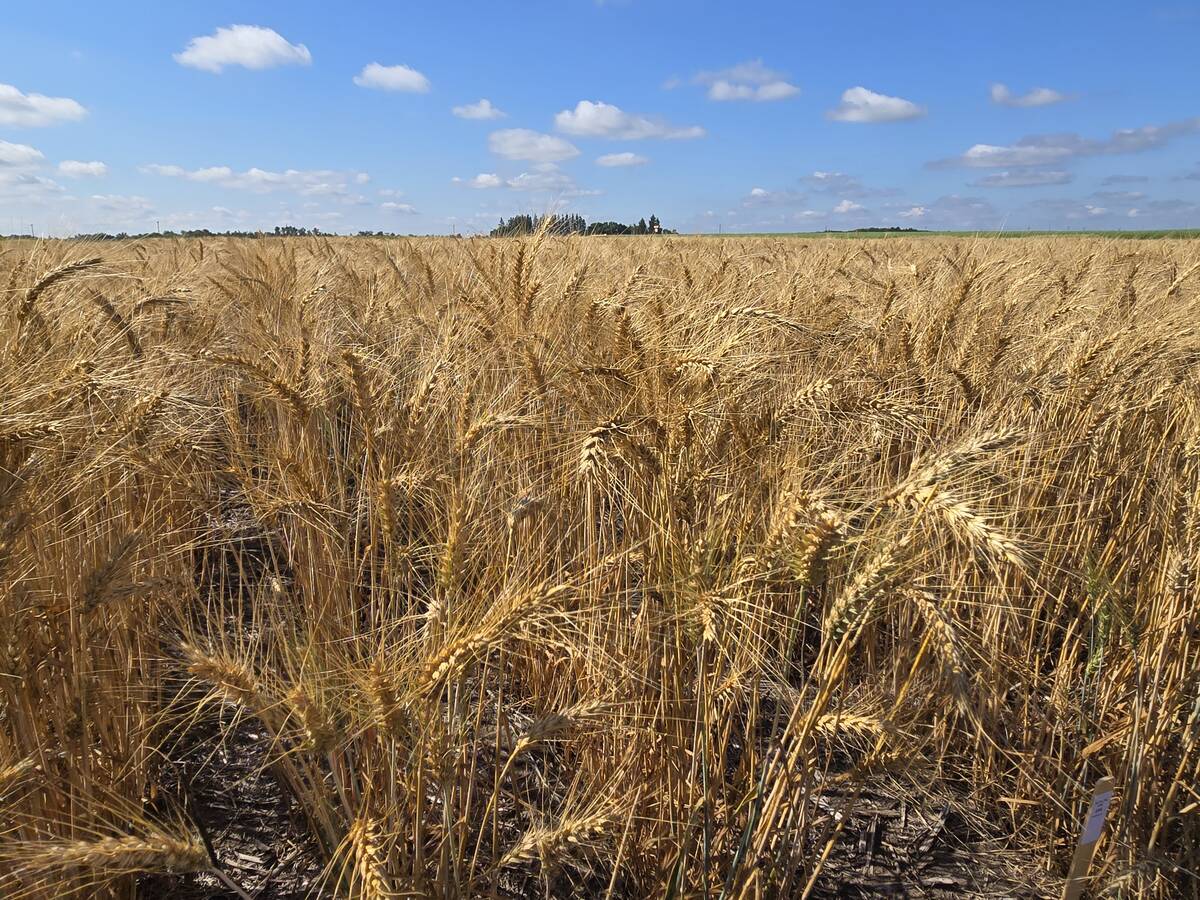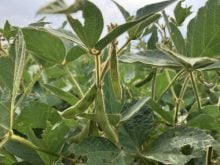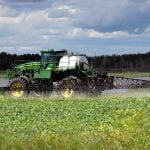A U.S. Department of Agriculture announcement Sept. 14 that it will soon open the border to all classes of cattle and bison was hailed as great news by the beef industry.
The rule to harmonize cattle trade with countries presenting a minimal risk of introducing BSE into the United States, also known as Rule 2, was published in the federal register Sept. 18 and goes into effect Nov. 19.
U.S. Congress has the ability to stop the rule but intelligence gathering trips to Washington by Canadian Cattlemen’s Association members have not revealed it as a high priority item for Congress. Government members seem more interested in country-of-origin labelling and the new farm bill.
Read Also

Fall rye hits record high in Manitoba
Winter cereals 2025: More Manitoba fields grew fall rye in 2025 than ever before, but winter wheat slipped and, while spring stand survival was good, drought took its toll
“I don’t think this is getting a lot of air time, but you are never sure,” said Brad Wildeman, CCA vice-president.
“It seems the anti-trade groups are probably looking more toward country-of-origin labelling now as a way to restrict trade.”
After more than four years of struggle since BSE knocked the Canadian beef industry sideways, the acceptance of cattle, including breeding stock born after March 1, 1999, beef from all ages and specialty products like blood and intestines, should start to normalize markets.
The rule follows world animal health guidelines and should help other countries like Mexico move ahead with rule changes now that the U.S. has settled, said Wildeman.
“We have heard a lot of interest in Mexico in the last two or three years looking for both dairy and breeding cattle,” he said.
“They have been sort of hamstrung that they couldn’t change their rules until the U.S. made its changes.”
Arno Doerksen, an Alberta beef producer and chair of the Canada Beef Export Federation, also hopes to see wider international opportunities.
“We said all along normalization in North America could advance our interests in other markets,” he said.
However, key players like Japan have not indicated when they might relax rules that demand beef comes from cattle younger than 21 months.
The next step is seeing how live cattle prices shake out in the next year.
Fall markets could be interesting for cattle buyers, said Wildeman, a major feedlot operator.
He does not expect any major price changes for younger or older cattle. While feeder and slaughter cattle have moved steadily across the line since July 2005, older commercial cattle could be a problem because there are few with proven birth dates. Cattle must be born after March 1, 1999, to be eligible for export to the U.S.
A USDA document assessing economic impact expects only about 75,000 mature animals to be export eligible because of the age issue that must be verified by Canadian authorities.
Since 2003, the number of potential cull cows has dropped substantially.
The USDA calculates Canadian cull animals would be less than two percent of its annual cattle slaughter.
Also, the U.S. needs processing beef and projects it will import slightly more than 40 percent of its needs in the next five years.
Statistics Canada’s July 2007 census reports about six million beef and dairy cows. About one million are more than nine years old but are not all considered culls. Non-fed slaughter that includes cows remains high, particularly in Alberta, where Canfax reports a 34 percent slaughter increase for this sector in the last year.















